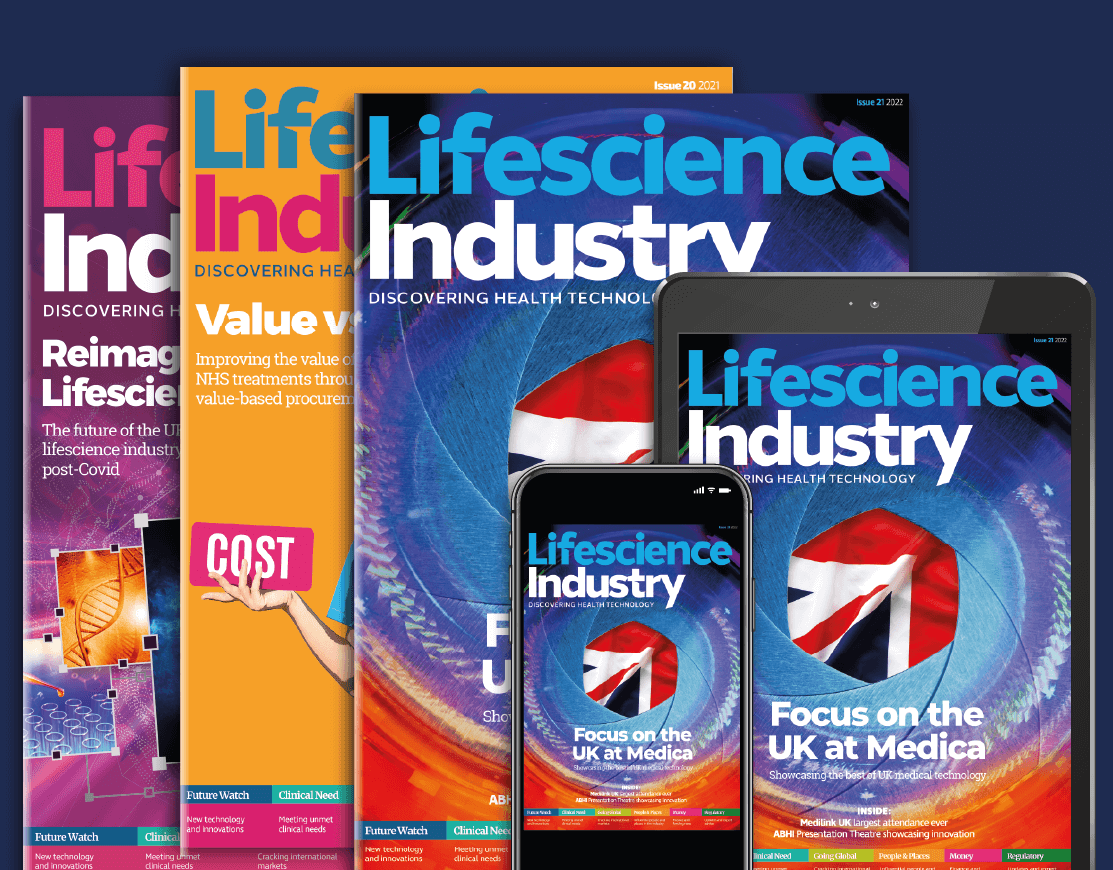
“Precision medicine is becoming a greater area of interest across a range of different diseases and has, therefore, faced challenges effectively scaling to meet clinical needs. The goal of the Precision Medicine Science Center is to construct end-to-end workflow solutions that generate impactful data from discovery studies with large human cohorts and to harness the power of molecular profiling to improve the outcomes of patient care. Our ongoing work with AstraZeneca and the University of Nebraska Medical Center are paramount to realising the potential of these technologies.”
“Powered by technological innovation, omics is proving to be one of the richest sources of data in all of science. Clinical proteomics is an emerging field aimed at improving patient care through the development of sensitive, high-throughput methods for in-depth proteomic characterisation of clinical samples. This collaboration aims to evaluate and establish a model for clinical proteomics, using advanced sample processing and downstream analytical applications, that has the potential to help us identify new drug targets and biomarkers.”
Subsequently, the University of Nebraska Medical Center is collaborating with Thermo Fisher’s PMSC to utilize the company’s standardised plasma protein profiling workflows to analyse clinical samples in an aneurysm study. The study is supported by the National Institutes of Health-National Institute on Aging (NIH-NIA) and done in collaboration with Vanderbilt University, the University of Maryland and the University of Wisconsin.
Merry Lindsey, Ph.D., chair and stokes-shackleford professor, department of cellular and integrative physiology, director, center for heart and vascular research, University of Nebraska Medical Center, said:
“Thermo Fisher’s mass spectrometry platform and workflow will allow us to analyse a large cohort of plasma samples and answer highly significant clinical questions. As a cardiovascular physiologist and proteomics expert, I am a bridge between mass spectrometry analyses and the clinical world and am very interested to see the results from this collaboration.”
“There is a drastic need for this type of technology that can produce better indicators/blood tests and can tell us who has an undiagnosed aneurysm, and which aneurysms are likely to progress rapidly and need closer observation. Clinically, the current treatment plan for abdominal aortic aneurysms is to watch and wait. We image and when aneurysms reach a certain size threshold, we surgically repair them. Unfortunately, there are a number of patients who first realise there is a problem when they present with a ruptured aneurysm — the mortality in this situation exceeds 50%.”
News & Analysis



